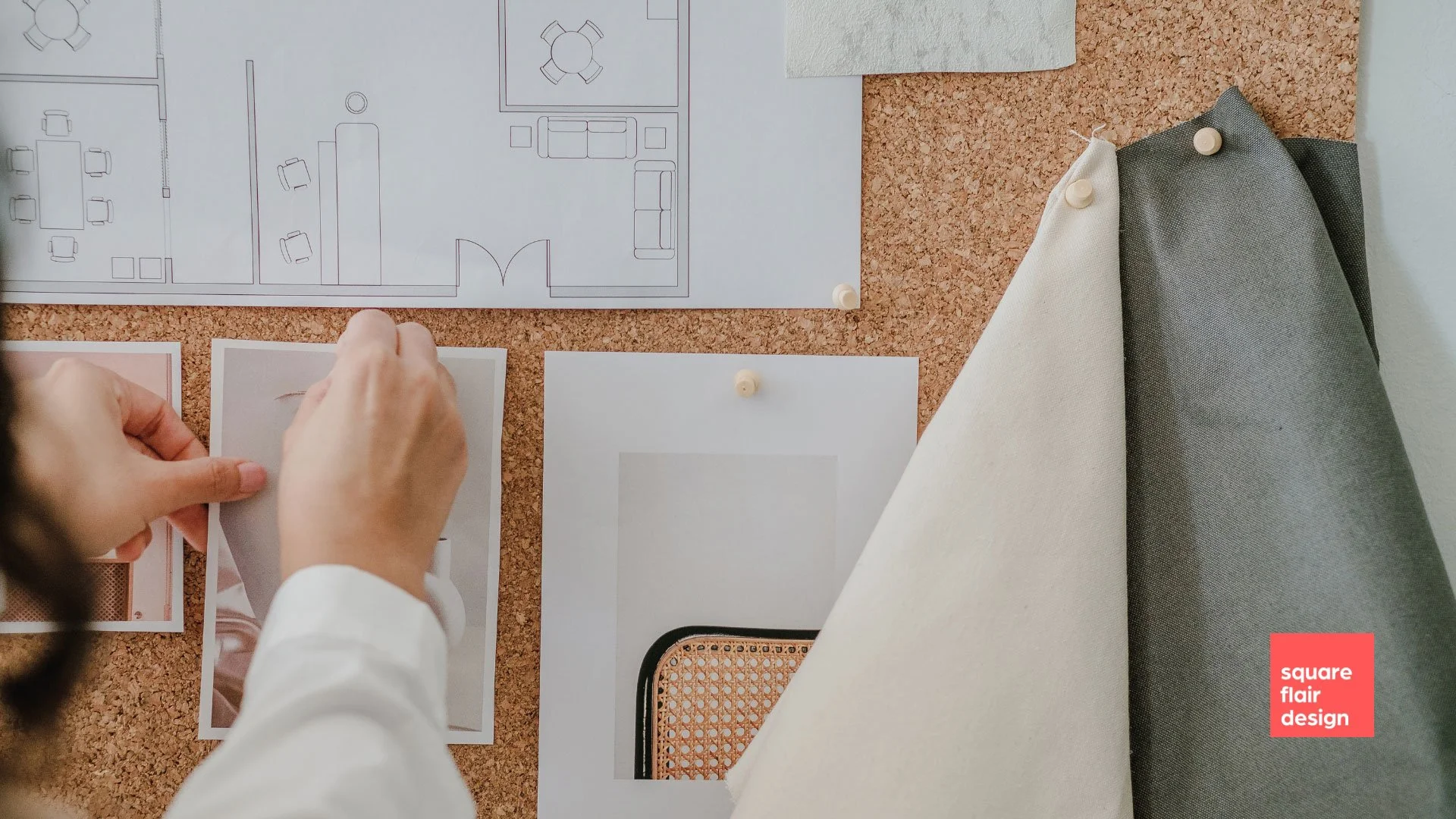Expert Tips for Building a Great Interior Design Website
Your website is your shop window, business card, and the key to attracting your ideal clients. A well-designed website doesn’t just look great – it’s efficient, tells your story, and turns visitors into clients. Whether you’re building a new site or redesigning an existing one, the following tips will help you create a visually appealing and effective online presence.
1. Know Yourself: Defining Your Brand and Style
First, let’s set some goals and define what your brand is before moving on to the design and features. As Architectural Digest notes, “Your website should be an extension of your aesthetic.” Ask yourself:
What is my style? Minimalist, Eclectic, Modern or Classic?
Who is my target client? High end homeowners, boutique hotels or commercial spaces?
What do I want to achieve? Luxury, creativity, or functionality?
Knowing these aspects will help to make your website consistent and attract the right people.
2. Design a Beautiful Yet Practical Layout of the Website
As an interior designer, design is crucial. Your website should reflect your design interests while also being user-friendly. Here are some key principles to consider:
Keep it simple and sleek – A clean design with ample white space makes the content more readable.
Use high-quality visuals – Showcase your best work with professional, high-definition images.
Navigation – Keep menus simple, avoid clutter, and ensure users can easily find their way around with just a few clicks.
3. Present Your Portfolio in the Most Attractive Manner
Your portfolio is the core of your website. Make it effective with these practices:
Curate thoughtfully – Only showcase your best work to avoid overwhelming the viewer with everything you’ve done.
Tell a story – Share details about the client’s challenge, your process, and the final result.
Incorporate interactive elements – Engage your audience with features like before-and-after images, videos, or case studies.
Feature testimonials – Including positive feedback from your clients helps build trust.
4. Design a Client Friendly UX
This means that your website not only looks great but also helps your potential clients to choose you. We recommend focusing on:
Mobile responsiveness – Ensure the site looks and performs optimally across all devices.
A clear services page – Clearly describe your services, process, and what clients can expect.
Simple contact options – Make it easy for visitors to reach out with a clear call to action, contact form, or even a booking system.
5. SEO and Visibility Optimised
The challenge is that a beautiful website is practically useless if no one knows it exists. Boost your online visibility with these SEO tips:
Use strategic keywords – Include relevant search terms (keywords) into your content in a way that reads naturally.
Start a blog – Share design tips, case studies, and industry insights to draw organic traffic to your site.
Optimise images – Compress images to load faster without compromising quality.
Improve site speed – A slow website is a big turn off; use tools like Google PageSpeed Insights to check your site’s performance.
6. Create a Brand Identity
Your website is an essential part of your brand. Establish a clear brand identity with these strategies:
Consistent colour palette and fonts – Ensure your site aligns with the rest of your branding.
Compelling About & Process pages – Help visitors understand what you and your business are all about.
Maintaining consistency across platforms – Your website, social media, and marketing materials should all have a cohesive look and feel.
7. Common Website Mistakes You Should Avoid
Even the most professional designers can sometimes make these mistakes:
Overcomplicated layouts – If visitors can’t navigate your site easily, they’ll leave.
No clear call-to-action – Guide users on the next step to take, whether it’s booking a call, filling out a form, or viewing your portfolio.
Slow load times – Caching images and choosing a reliable hosting provider can improve your site’s loading speed.
Your website is one of the most effective ways to attract new clients and retain existing ones. It’s important to ensure that your website is not only beautiful but also informative, functional, and optimised for search engines. Take a moment to review your current site – what’s working, and what could be improved? If you need expert guidance in designing a website that elevates your interior design business, let’s chat!


